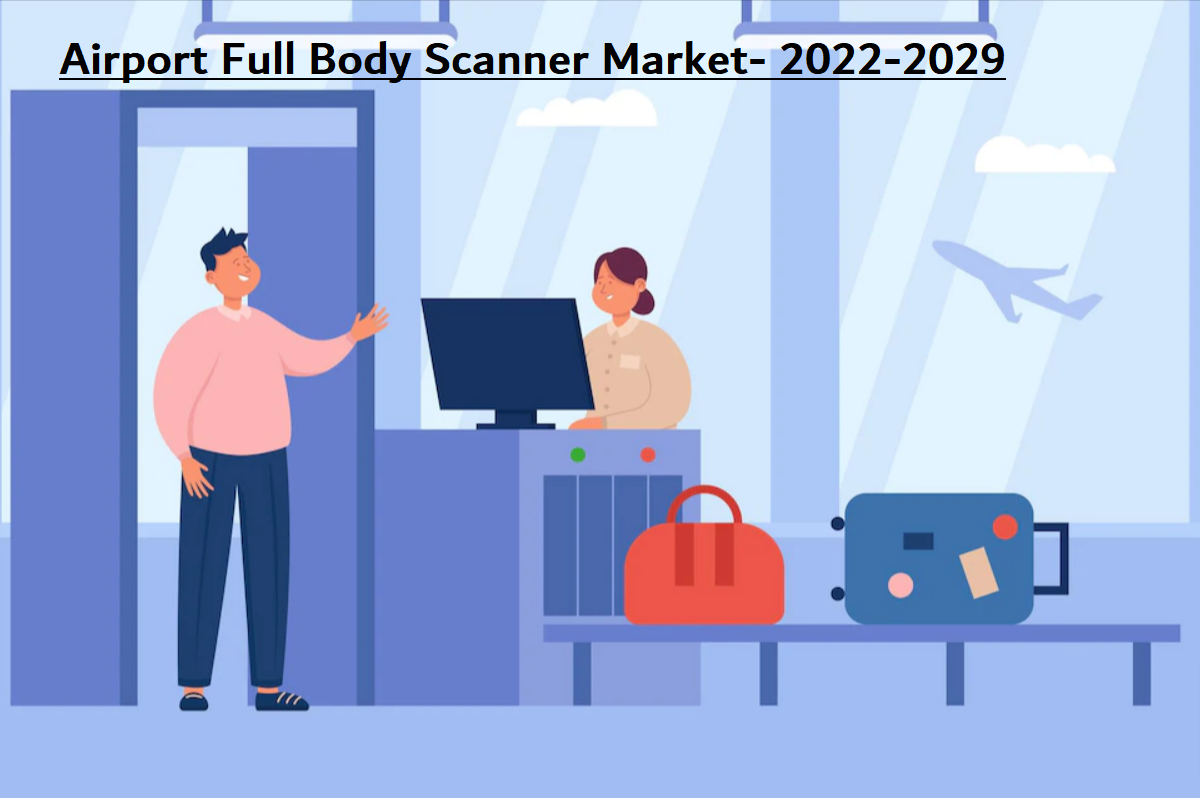Technology Launches and Acquisitions to Drive Demand For Full Body Scanners at Airports

17 Jan
2023
Growing terrorist activities and cases of theft resulted into massive preference for airport full body scanners. The U.S. Transportation Security Administration makes use of advanced imaging technology for full body scanning of passengers at airports for security reasons. Moreover, extensive application of full body scanners across the U.S. airports has increased since a passenger flying to Detroit smuggled explosives from a U.S. flight on Christmas. Such incidences boosted the acceptance of full body scanners at Airports across the globe. Recently, Australian government decided to make full body scanning mandatory for passengers at Australian airports for security concerns. Reportedly, full body scanners will be deployed at international airports in Cairns, Adelaide, the Gold Coast, Perth, Sydney, Brisbane, and Cairns. According to Allied Market Research Report, the airport full body scanner is anticipated to accrue a considerable growth by 2030. Following are some of the trends witnessed across the market.
Product procurement activities are anticipated to play a major role in enlarging scope of market. The Bureau of Civil Aviation Security, an office of the Ministry of Civil Aviation in India, directed nearly 84 hypersensitive as well as sensitive airports in India to deploy full body scanners. Reportedly, full body scanner detects both metallic and non-metallic weapons and explosives hidden on the body of passenger. The strategic initiative is aimed at replacing current door framed metal detectors and hand-held scanners with full body scanners, with former unable to detect non-metals. The move will ensure security of passengers at airports.
Launching new technologies will contribute substantially toward business expansion of industry players. Finavia, a Finish airport operator, announced launch of new security control technology at Helsinki Airport. The new technology will facilitate quick and easy security checks. Moreover, the new technology launch is a part of Finavia’s Helsinki Airport development program.
Apart from this, a large number of firms in the airport full body scanner business are competing with each other to establish a strong position in market through adoption of strategies such as new product and technology launches, joint ventures, strategic alliances, mergers & acquisitions, and capacity expansions. All these strategies adopted by firms will help them in fulfilling the escalating demand for airport full body scanners at airport in near future. Furthermore, a research study has found that these scanners can change the airport security at high level in years to come.

Koyel Ghosh
Author’s Bio- Koyel Ghosh is a blogger with a strong passion and enjoys writing in miscellaneous domains, as she believes it lets her explore a wide variety of niches. She has an innate interest in creativity and enjoys experimenting with different writing styles. A writer who never stops imagining, she has been serving the corporate industry for the last five years.
Avenue: Entire Library membership of Allied Market Research Reports at your disposal
- Avenue is an innovative subscription-based online report database.
- Avail an online access to the entire library of syndicated reports on more than 2,000 niche industries and company profiles on more than 12,000 firms across 11 domains.
- A cost-effective model tailored for entrepreneurs, investors, and students & researchers at universities.
- Request customizations, suggest new reports, and avail analyst support as per your requirements.
- Get an access to the library of reports at any time from any device and anywhere.
Related Post
-
How are Submarine Cables Transforming Global Connectivity with Enhanced User Experience?
-
Endoscopy Procedures: Transformations in Techniques and Applications
-
AI-Powered Video Analytics: How the Product Actually Works for enterprises
-
Painting Robots: Transforming Precision Coating and Creative Applications
-
Innovations in Pharmacovigilance Systems Advancing Patient Safety
-
Understanding Edge Security: Keeping Data Safe Near the Source
-
Exploring the Use and Advancements of 3D Laser Scanners in Professional Applications
-
Reinforcing Industrial Controls with Smarter Tools and Training








